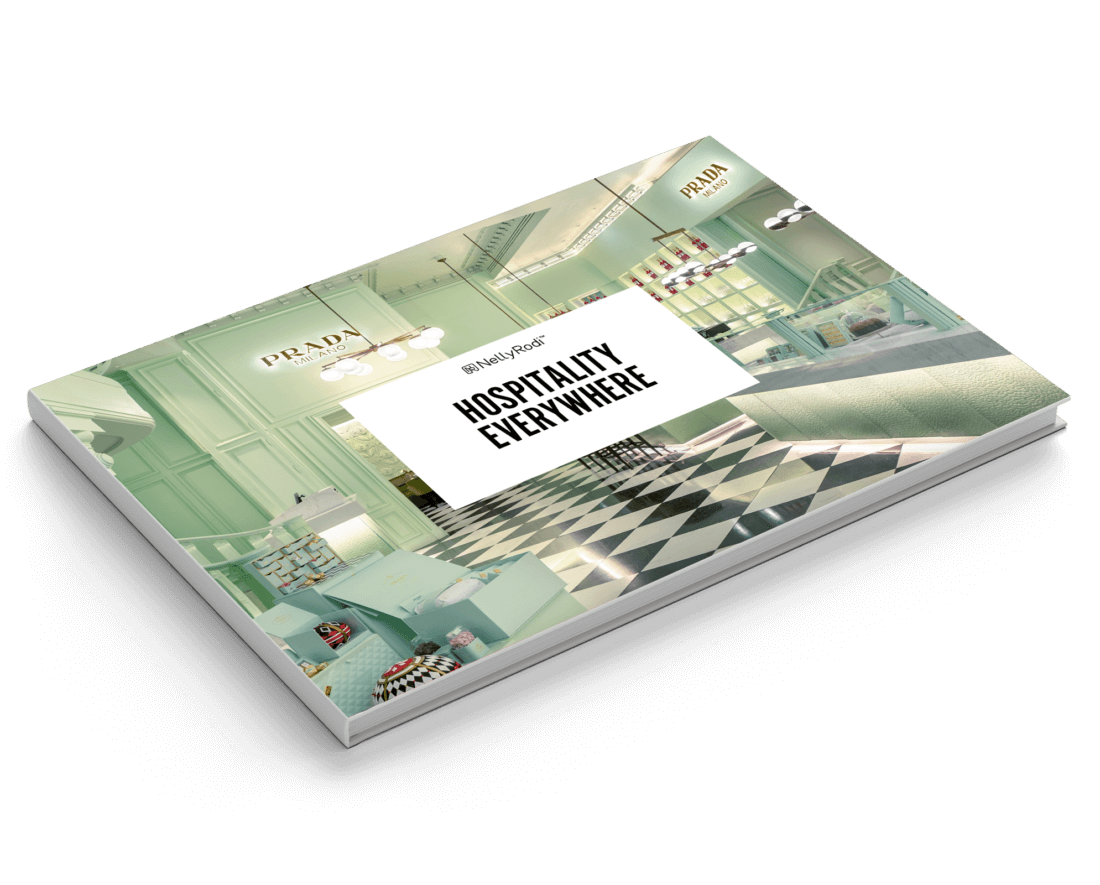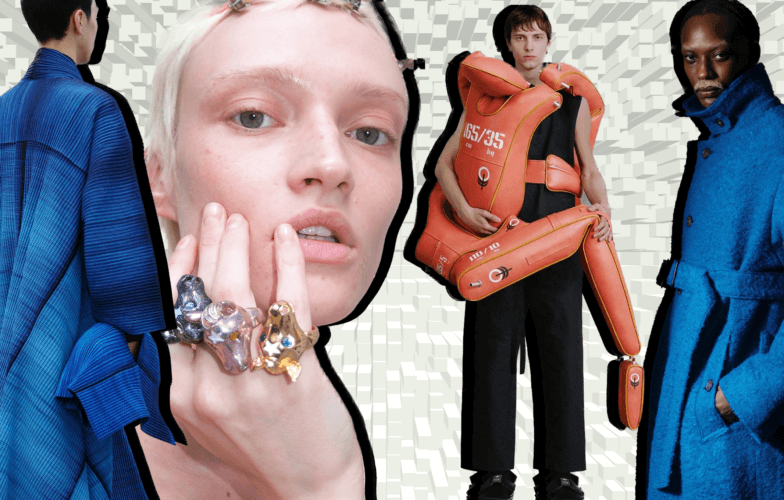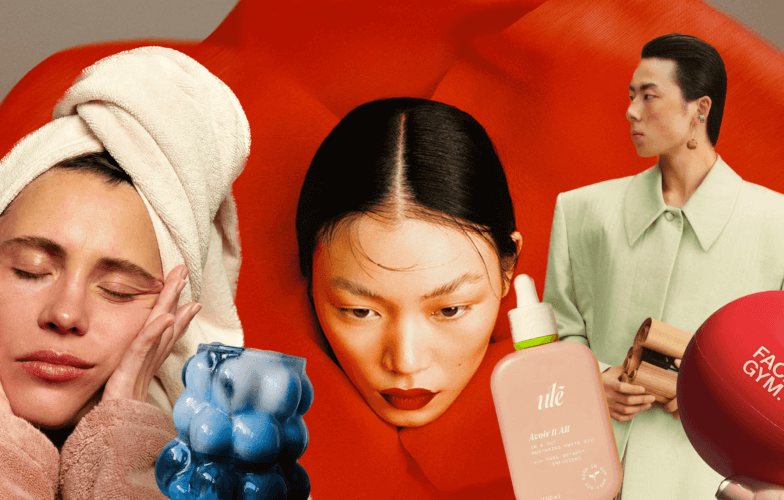
Become a hospitality brand – a how to guide
StudiesEvery brand is talking about hospitality, and it’s at the core of their business strategies. They’re opening fabulous cafés around the world (Jacquemus in Seoul, Zara in Dubai, Prada in London) and building hotels (Louis Vuitton’s 6,000 m2 project on the Champs-Elysées). And places like Il Pellicano Hotel are collaborating with Aquazzura and Matches. Brand or venue … venue or brand … why choose? Being a hospitality brand has become the ultimate goal.
Voir cette publication sur Instagram
To understand why this subject is so interesting and to fully understand all the associated challenges, let’s start with a definition. Historically, hospitality designates the art of welcoming, entertaining and developing an intimate relationship between guest and host.
Today the hospitality experience extends to brands.
In the past, the customer-brand relationship was binary: the brand sold, the consumer purchased. Today this minimalist system is no longer enough. The act of buying goods must be combined with personalized interactions with the staff and happen in an incredible venue. Conversely, when enjoying an experience, we expect everything a brand universe entails, such as a strong identity and goodies to leave with.
Why is this hybridization between brands and spaces happening?
Having been faced with the pandemic and rules that seemed too restrictive, now we’re eager for exciting sensations. We want every experience available – and as thoroughly as possible – and that includes our buying experiences. We were forced to stay at home, but we also felt the need for new settings where we could evolve, meet people, interact, learn and try new things. And finally, social status is no longer achieved only through possessions, but essentially through experiences. We’re all guilty of proudly showing off our visits to the hippest cafés, restaurants and nightclubs in our Instagram stories.
So it’s not an accident that during the last five years the construction and transformation of “lifestyle” hotels have attracted around $83 billion in investments (source: JLL Real Estate, 2023).
But finding the perfect balance between brand and place is no easy task. An attractive location isn’t enough, and you can no longer count on customer loyalty, made weak in a competitive environment.
How can you create a space where people feel good, want to enjoy experiences and want to spend?
Here are some tips from NellyRodi’s home and lifestyle experts:
- Build an entire universe based on the brand.
Broaden a recognizable graphic identity to places, social media, products and more. - Develop an irreproachable customer experience.
Take note: 62% of customers surveyed have already abandoned a brand because of a bad experience (“Luxe & Technologie, Vers la Boutique du Futur,” 2023, Bain & Company x Comité Colbert) - Multiply contact points to expand brand influence and build relationships with customers.
- Open third places (popup or otherwise) to meet customers and talk with them to better understand their expectations.
An example is Moët Hennessy’s “brand home,” the Chandon California lab. The site is a showcase for the brand and makes it possible to build a community. With this initiative the wine and spirits house embodies a complete cultural universe that goes further than a wine enthusiast’s pleasure.
Voir cette publication sur Instagram
- Work with a top-performing sales team of people dedicated to VIP clients and to developing solid, long-term relationships with them.
- Create product diversification.
For example, Evok Hotels has launched a gourmet line of around 30 products with a clear graphic identity which are sold online and at the group’s different hotels. With a choice that includes fruit juices, jams, cookies, Espelette pepper, olive oil and Guérande sea salt, consumers can enjoy Evok products at home and even feel like they’re at the hotel!
Voir cette publication sur Instagram
- Satisfy consumer demands.
For example, provide assistance and make sustainable purchases easier. - Give them solutions.
Mental health is increasingly important. Hyatt Hotels have collaborated with the Headspace wellbeing app to create audio content for meditating in rooms.
Voir cette publication sur Instagram
Big Mamma is certainly the most convincing example of what a hospitality brand should be and do. The group’s restaurants are both iconic and extremely desirable. To make sure customers have an unforgettable experience, the personnel is especially warm and organizes fun traditions, like songs to celebrate birthdays. The brand’s esthetic signature is so strong that products and even social media content are recognizable at first glance. And it’s possible, of course, to buy Big Mamma products, such as tableware and cookbooks. In addition, Big Mamma created Studio Kiki, their own interior design firm (the ultimate in branding) offering B2B services.
Voir cette publication sur Instagram
In conclusion: a good hospitality brand is not opportunistic. The key to hospitality is building long-lasting relationships with customers; and to do so, brands must create unique, memorable, personalized experiences with them.




